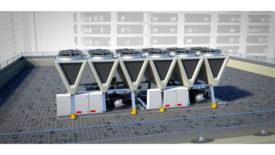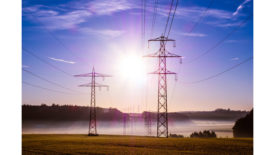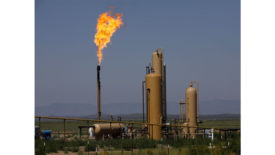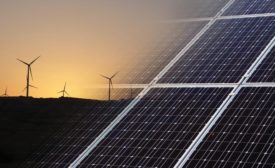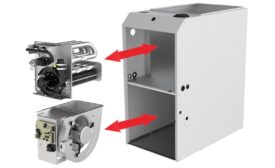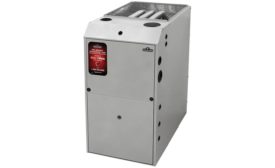Home » natural gas
Articles Tagged with ''natural gas''
The Unintended Consequences of Electrification
End users could find themselves with limited choices, higher electric bills, and less comfort
Read More
Bans on New Natural Gas Infrastructure Spread
Some states push back, critics say carbon reduction isn’t clear-cut
Read More
Cities Banning New Fossil Fuel Infrastructure
Turning down gas and propane connections means carbon free HVAC for some locales
Read More
Heat Exchangers Market Expected to Reach $20.12 Billion by 2022
Shell and tube exchangers to show the highest growth rate
May 16, 2017
Copyright ©2025. All Rights Reserved BNP Media.
Design, CMS, Hosting & Web Development :: ePublishing
